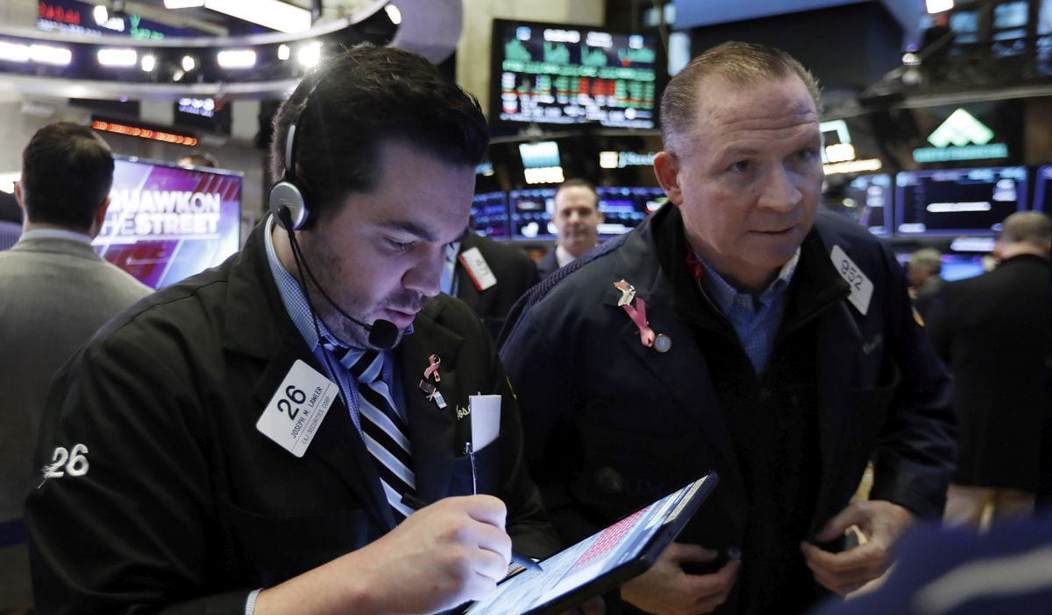A worrying sign from the U.S. Treasuries market that experts say points to an economic downturn within the next 18 months. Yields on three-month and ten-year Treasuries “inverted” as the gap between yields vanished. The last time this happened was 2007 prior to that recession.
Demand for government bonds gained momentum Wednesday, when U.S. central bank policy makers lowered both their growth projections and their interest-rate outlook. The majority of officials now envisages no hikes this year, down from a median call of two at their December meeting. Traders took that dovish shift as their cue to dig into positions for a Fed easing cycle, pricing in a cut by the end of 2020 and a one-in-two chance of a reduction as soon as this year.
“It looks like the global slowdown worries have been confirmed and the market is beginning to price in Fed easing, potential recession down the road,” said Kathy Jones, chief fixed-income strategist at Charles Schwab & Co. “It’s clearly a sign that the market is worried about growth and moving into Treasuries from riskier asset classes.”
It appears that this is a case where the U.S. will be dragged into a recession because of a slowdown in other big economies.
The wave of buying that’s cut the 10-year yield by nearly 20 basis points in the last couple of days has global catalysts, too. Weaker-than-expected European factory data that helped drive benchmark German yields back below zero on Friday also supported the move.
An upended 3-month to 10-year curve is widely favored as an indicator that the economy is within a couple of years of recession. And Friday’s move is an extension of the inversion at the front end of the curve that happened in December. The gap between the 2-year and 10-year yields has also narrowed, to around 11 basis points.
Not everyone is convinced the inversion is a recession signal:
That said, many downplay the curve’s predictive powers. Some argue that technical factors have distorted the curve’s shape and signaling capacity, particularly as crisis-era policy has tethered yields for the past decade. A downturn may be drawing near after what has been close to the longest expansion on record, however the market provides no precision on when it will happen.
While the 3-month to 10-year spread “has a relatively decent track record of predicting recessions, it suffers from a timing problem,” said TD Securities U.S. rates strategist Gennadiy Goldberg. “Its inversion can suggest a recession occurred six months ago or will occur two years from now.”
But if you factor in China’s economic troubles, the picture doesn’t get any better. Trump’s tariffs aren’t helping, but uncertainty about just how bad the Chinese economy has gotten is affecting markets more negatively than our tariff policy:
Growth in the world’s second-biggest economy cooled last year to its lowest level in almost three decades, according to government data. Top global brands including Apple (AAPL) and Caterpillar (CAT) have blamed weakness in China for their disappointing earnings.
The situation could beevenbleaker than China’s official statistics suggest, according to many analysts.
“The Chinese published GDP numbers are absolute garbage,” said Leland Miller, CEO of advisory firm China Beige Book. “It’s certainly the consensus that these numbers are unreliable.”
The U.S. economy is in pretty good shape, but in a global economy, no nation is an island. What happens in Europe and especially China will have an outsized impact on U.S. economic well being no matter what happens with domestic output.










Join the conversation as a VIP Member